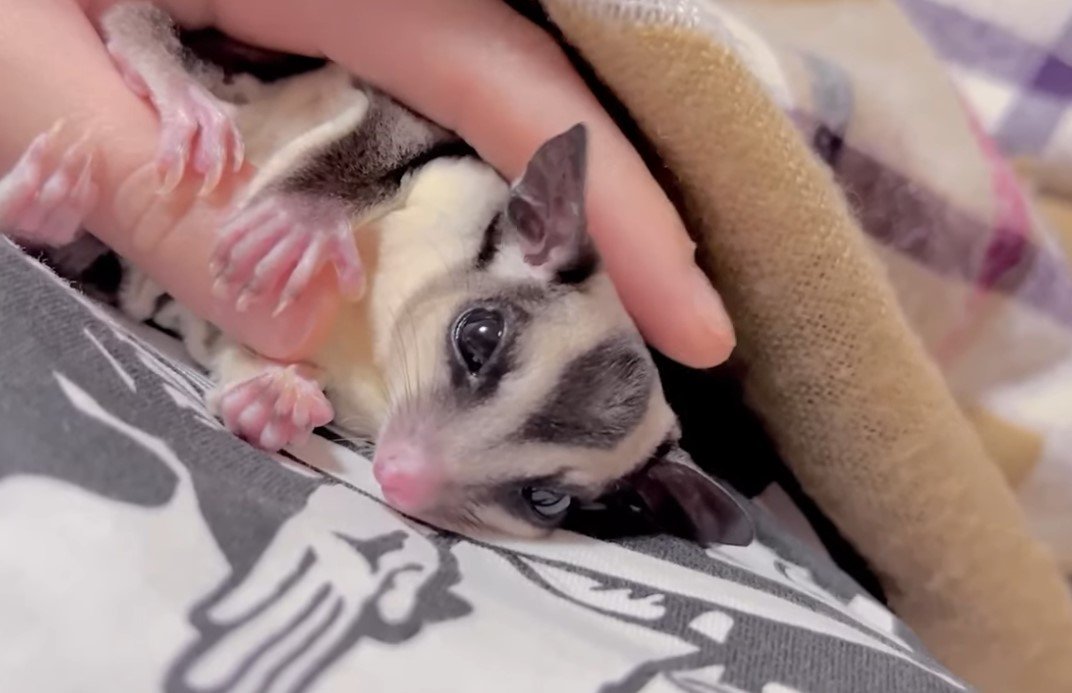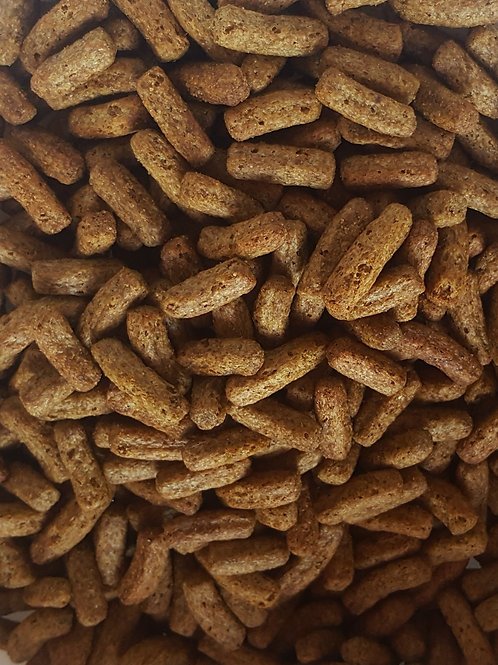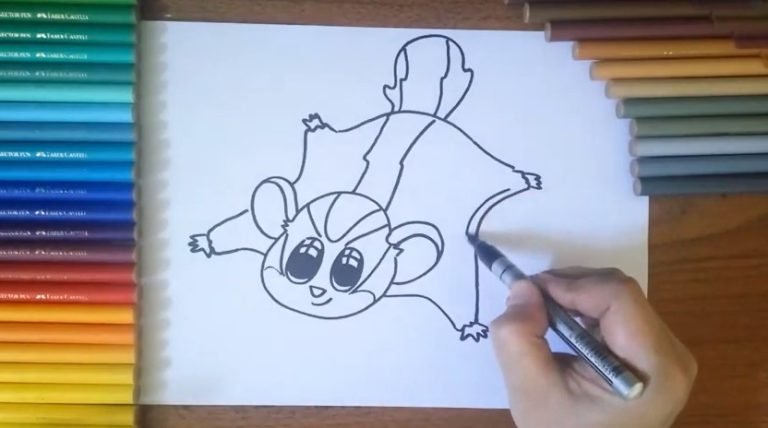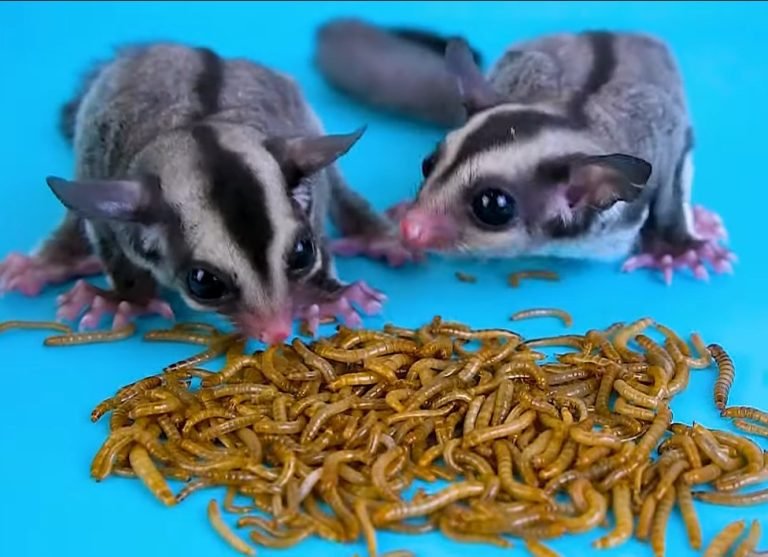Do Sugar Gliders Migrate Or Hibernate
Sugar gliders are unique little creatures that can be found in various parts of the world, including Australia, Indonesia, and Papua New Guinea. They are known for their ability to glide through the air, thanks to a membrane of skin that stretches between their limbs. But when it comes to their migratory or hibernation habits, the answer is a bit more complex.
Do Sugar Gliders Migrate?
Contrary to popular belief, sugar gliders do not typically migrate. Unlike birds or other animals that travel long distances in search of food or better weather conditions, sugar gliders tend to stay within a relatively small area throughout their lives. They establish a home territory called a “home range” and will usually stick to it.
Within their home range, sugar gliders will move around to find food sources and suitable nesting sites, but their movements are generally limited to a few kilometers. This behavior is primarily influenced by the availability of food, water, and suitable shelter, rather than a need to migrate.
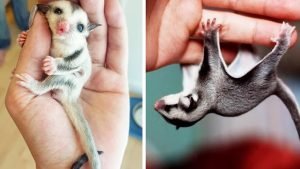
Do Sugar Gliders Hibernate?
When it comes to hibernation, sugar gliders do not go into a true hibernation state like some other animals do. True hibernation is typically characterized by a significant decrease in body temperature, heart rate, and metabolic activity in order to conserve energy during periods of food scarcity or extreme cold.
However, sugar gliders do have a unique adaptation called “torpor” that allows them to conserve energy during times of food scarcity or cold weather. Torpor is a temporary state of reduced activity and metabolic rate, but it is not as deep or prolonged as true hibernation.
During torpor, sugar gliders may become more sluggish, their body temperature may drop slightly, and they may enter a state of dormancy for short periods. This adaptation helps them survive harsh conditions and can also be triggered by a lack of food supply.
Factors Influencing Sugar Glider Behavior
Several factors influence the behavior of sugar gliders when it comes to migration or hibernation. These factors include:
Food Availability:
One of the primary drivers of sugar glider movement is the availability of food. They are omnivorous, feeding on a variety of foods including nectar, insects, fruit, and sap. When resources are scarce in one area, they may move to another location in search of food.
Weather Conditions:
Sugar gliders are sensitive to temperature extremes. In colder climates, they may become less active and seek shelter in tree hollows or other protected areas. Similarly, in hot weather, they may modify their behavior to avoid excessive heat exposure.
Reproductive Cycle:
Sugar gliders also exhibit specific behaviors related to their reproductive cycle. During breeding season, males may travel slightly further in search of potential mates, but it is not considered widespread migration.
Frequently Asked Questions
1: Can sugar gliders be kept as pets?
Yes, sugar gliders can be kept as pets, but they require specialized care and attention. It is important to research their needs thoroughly and provide a suitable environment for them.
2: How long do sugar gliders live?
In the wild, sugar gliders have an average lifespan of 5 to 7 years. However, with proper care and nutrition, they can live up to 12-15 years in captivity.
3: Do sugar gliders need a special diet?
Yes, sugar gliders have specific dietary requirements. They need a balanced diet that includes a combination of fruits, vegetables, protein, and a high-quality commercially prepared diet specifically formulated for sugar gliders.
4: Do sugar gliders make good pets?
Sugar gliders can make good pets for individuals who are willing to provide the necessary care and attention. They are social animals and require regular interaction and mental stimulation.
Final Thoughts
In conclusion, while sugar gliders do not migrate in the traditional sense, they do have some movement patterns influenced by factors such as food availability, weather conditions, and reproductive cycles. As for hibernation, sugar gliders do not undergo true hibernation, but they have the ability to enter a state of torpor to conserve energy during unfavorable conditions. Understanding the unique behaviors of sugar gliders is essential for anyone considering keeping them as pets or studying them in their natural habitat.

